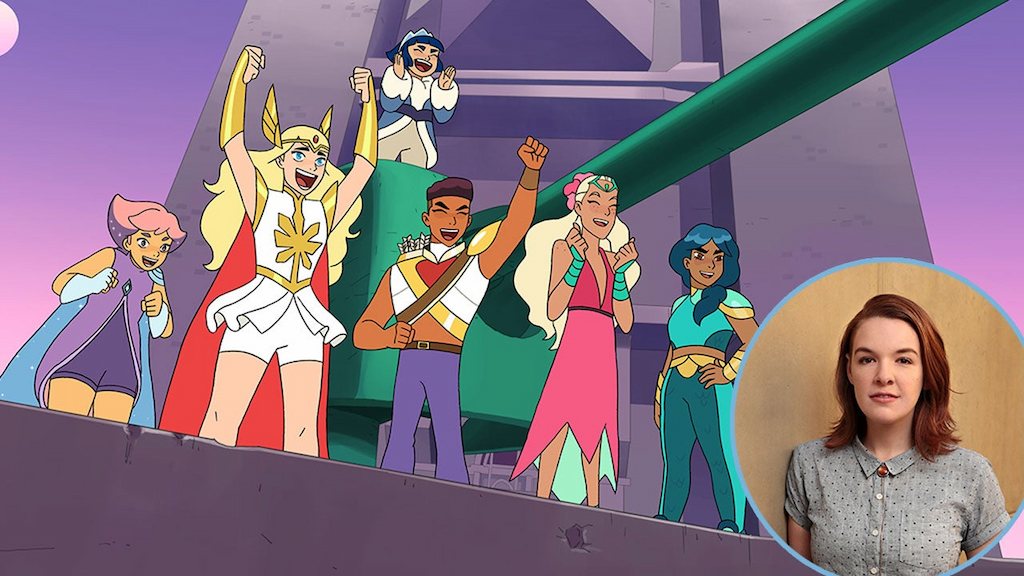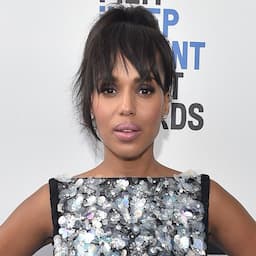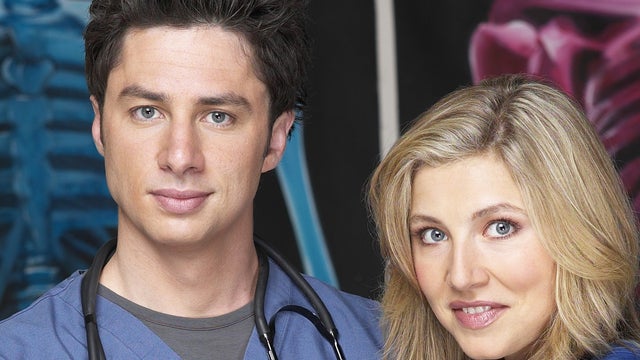Season two of 'She-Ra and the Princesses of Power' drops on Netflix on April 26.
It's been more than three years since cartoonist Noelle Stevenson originally conceived of bringing She-Ra back to life, which has now taken form as the Netflix reboot, She-Ra and the Princesses of Power.
Though the origin story and rich history of the character have remained intact, season one did see Stevenson and her team deviate from the original in a few ways. Unlike in the beloved original '80s animated series, She-Ra: Princess of Power, which in itself was a spinoff of the He-Man and the Masters of the Universe series, She-Ra is not introduced as He-Man's twin sister (in fact, we've yet to see He-Man), there is a long line of She-Ras, and Catra is a friend of Adora's from childhood rather than a pure antagonist. She-Ra is, however, still fighting Hordak and his evil Horde and, frankly, is still awesome and very powerful.
"I think the concept of legacy is really strong throughout the show. These other She-Ras is how we think of the original show -- it brought us to where we are and we have a lot of fondness for it and draw a lot of inspiration from it, but ultimately, we have to carry it forward into the future," Stevenson explains to ET.
Though there was initially some resistance to the reboot, which is pretty common anytime the word "remake" is uttered these days, Stevenson was a longtime fan of She-Ra who only wanted to lift up and continue its themes of female empowerment, not get stuck on a line-for-line remake of the original, which lasted two seasons.
"She-Ra is this sci-fi fantasy adventure that features a mostly female cast of really complicated and diverse female characters, but it was really important to me that we blaze our own trail when it came to the show," she says. "I really didn't want to be too bound by nostalgia. Primarily shooting for an adult audience who has an attachment to the original, I didn't want it to be something where you had to have watched the original to get into it. I treated the source material as this rich mine of inspiration, but I tried not to get too tied into any particular storylines or characteristics that the original had created because I saw them at the end of the day as two very distinct shows. I love so much of what the original did. It was really groundbreaking for the time, but I really wanted this to take that legacy and carry it on instead of feeling like I had to tread the exact same ground."
Best known for the comics LumberJanes and Nimona, which have a fierce appreciation for strong female characters, fantasy tropes and promoting LGBTQ storylines, it was also important for Stevenson, who was a huge fan of Star Wars and Lord of the Rings growing up, to show that both "good" and "bad" female characters can be just as complicated and sophisticated as their male counterparts, which she did have trouble finding as a kid.
"When it came to properties like Star Wars, there was generally only one female character at a time who had a speaking role and she was either a princess or dancer. I found myself really latching onto super minor, bit characters and trying to figure out who they were and what their part in this universe was," she explains. "Now as an adult, I'm in the unique position to actually create stories that I was always looking for as a child where women are at the forefront. They create the emotional core of the story and drive it. They are complex, fully fleshed out characters who don't always succeed, who struggle and fail at times and have complicated relationships with each other. That was something that I took really seriously because I think if you don't think see yourself reflected in the stories that you love, you start to think that maybe you don't have as much agency, that maybe you don't get to be the protagonist of your own story. Being able to see women in those roles, all kinds of women, it makes you feel differently about yourself once you absorb those stories."
That logic is a big reason that Catra is featured heavily in season two, rather than simply being an enemy Adora needs to fight to keep the Rebellion on its mission. Much of the plot in the next seven episodes is formed around the former friends figuring out who they are as individuals while leading others. "I've always felt like Catra is just as much a protagonist of this show as Adora is," Stevenson says. "Catra has this sort of parallel arc as Adora, where she is finding her own way forward. Their stories were tied very closely together at the beginning and they have started to split off from each other as these two people are looking for their identities separate from each other. They continue to inform the story and form the thrust of the plot, and it really is sort of about the two of them at the end of the day."
Adora and Catra's relationship leans on the big themes of not just season two, but the entire series: power and friendship. While season one introduced us to all of the ladies in the Princess Alliance, including Glimmer, Mermista and Frosta, now that they are fully reunited, season two is all about Adora figuring out who she is and accepting help from her friends along the way.
"So much of what we tried to do with this show was examine what the word power meant. Is it just being very strong? Is it having control of other people? Is it being a leader? You have someone like Adora, who's raised to believe that she can solve any problem by hitting it really hard, and suddenly she's in this role of leadership and has a responsibility. She's afraid of how strong she is, the power that she has, and her ability to hurt people, and she's trying really hard not to do that," Stevenson muses. "But for her, it's always about questioning power, like whether or not power is always a good thing and what your responsibility is once you have it. For someone like Catra, she's trying to get more power because she thinks that will protect her. If she has ultimate control, nobody can hurt her anymore. Power means something different for all the characters. It comes in so many forms throughout the whole show, and we're always trying to question what it is and what it means to each character."
"Within that, on the relationship side, a lot of our thesis is that power does come from bonds with other people, which is simplified down to the power of friendship," she adds. "It really is about collaboration, about being part of your society and your community, and what your responsibilities are to the people around you. None of the characters exist in a vacuum. They all have these really complicated interpersonal relationships with each other, and their relationships drive the plot more than the kind of sci-fi mythology elements do. It all comes down to how the characters feel about each other."
Examining both of those intricate concepts was exciting for Stevenson and her team but also a bit intimidating. After setting up the characters in the first 13 episodes, they had to break out of the classic fantasy format to move the story forward and keep it interesting. "Hero versus villain, an alliance is formed, the world is saved -- we did that. Now it's playing within that structure and figuring out individually what each character's motivation, wants and inferiorities are, what their relationships to each other are, setting up interesting new relationships that we might not have necessarily thought of initially, like, between Scorpia and Seahawk, which turned out to be so much fun. It's scary, figuring out what's the next step but also really fun and exciting."
There was one thing that helped Stevenson get through the making of season two, however: '80s power ballads. Listening to the likes of Bonnie Tyler, Heart and Meat Loaf helped her channel She-Ra. "Anything that feels epic and like a scene set for that retro fantasy feel," she says. "Bonnie Tyler is always a good reference."
Take a sneak peek at season two of She-Ra and the Princesses of Power, which premieres on Netflix on April 26, in the clip below.
RELATED CONTENT:
TV
'She-Ra': Adora and the Princess Alliance Fend Off Catra in Exclusive Season 2 Premiere Sneak Peek



